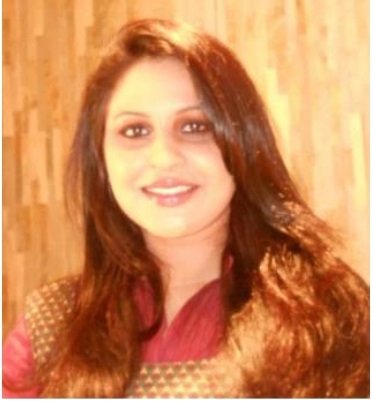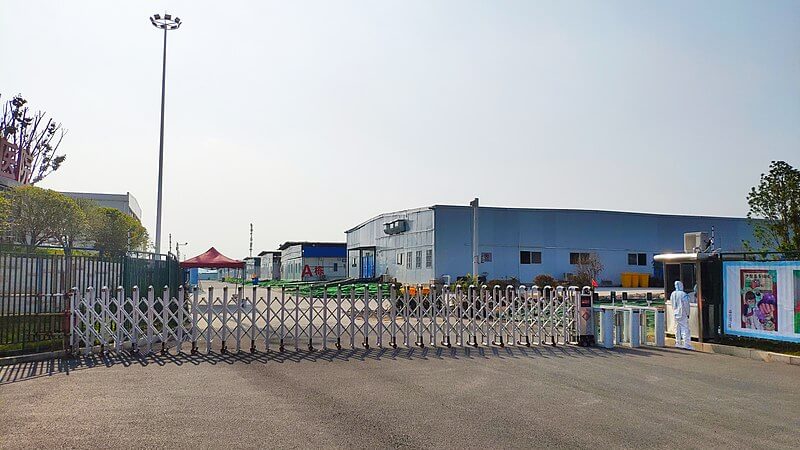The Suppression Of Pashtun Ethno-nationalism In Pakistan

Vaishali Basu Sharma
Consultant - PPFThe Suppression of Pashtun Ethno-Nationalism in Pakistan
The ‘Pashtun’ has always triggered the imagination of people. Visualized in colonial literature as “warrior-like” and “savage,” with a tendency of being violent, more contemporary literature ascribes them as “sympathisers of militants.” But these dominant visualizations distort the fact that the Pashtun are a tribal people, living in one the most militarized conflict zones in the world and have become quarries in the ‘war on terror’. Native to the FATA region, their lives have become beleaguered by years of military operations as part of the Pakistan army operations. The Pashtun are the world's largest tribal group. Scattered in Pakistan’s FATA agencies which are now officially part of the Khyber Pakhtunkhwa (KPK) province and Baluchistan province, the Pashtuns make up the second largest ethnic group, with 15% of Pakistan’s 207 million population. In Afghanistan, they are the largest ethnic group. The frontier agencies of Bajaur, Momand, Khyber, Orakzai, Khurram and Waziristan have borne the brunt of military operations led by Pakistan army to purge extremists. This has rendered many Pashtuns as Internally Displaced Persons (IDPs) and Temporarily Displaced Persons (TDPs) to different parts of KPK, Karachi, Rawalpindi and Lahore.
What started as a simple demand to clear the war-affected FATA region of landmines which were laid by fleeing Taliban fighters and Pakistani military during their operations in the tribal areas, has expanded into a broader demand for human rights, sparked by the extrajudicial killing of a young Pashtun, ‘Naqeebullah Mehsud’ in January 2018. Mehsud was picked up from a Karachi restaurant by police forces, never to be seen or heard of from again. An aspiring model – his was the face that launched the Pashtun ‘long march’ from Dera Ismail Khan to Islamabad (January 26 – February 1, 2018) and provided inspiration for the Mehsud Tahaffuz Movement (MTM; ‘Tahaffuz’ means Protection) by eight students of Gomal University, Dera Ismail Khan, adjacent to South Waziristan. Initially formed in the wake of Naqeebullah Mehsud’s killing the MTM later forged into a broader Pashtun Tahaffuz Movement (PTM), encompassing the verve of Pashtun demands.
Accused of Naqeebullah Mehsud’s extrajudicial killing, the police released a statement that accusing him of being an Islamic State of Iraq and Syria (ISIS/ISIL) terrorist. This was not a one-off incident. Across Pakistan Pashtuns suffer the stigma of social profiling as ‘terrorists’, particularly so the ‘Mehsuds’.
Galvanized by way of the new born PTM, the Pashtuns in Pakistan are demanding an end to extrajudicial killings, whereabouts of the missing persons in the now two-decade old war on terrorism the frontline of which has been the Af-Pak border, home of the Pashtun tribes and the clearing of unexploded landmines and improvised explosive devices (IEDs) that remain strewn across South Waziristan. One of the main demands of the PTM is capital punishment for the senior police officer Rao Anwar, accused of presiding over at least 444 killings in 745 police shootouts. Black and white flags mark the PMT’s demonstrations signifying ‘protest’ which are ‘peaceful.’
With the lowest literacy rates in Pakistan, extreme poverty and almost no development, life in FATA is characterized by the highly securitized atmosphere of being at war for nearly four decades; since the Russian invasion of Afghanistan. It was during this time that Mujahideen began recruiting prized Pashtun fighters from this belt. But while this region was an asset during the Afghan war, it became a liability during the war on terror. A prolonged period of fighting began in FATA amongst the US forces, Pakistani forces and militants belonging to various groups. Thousands of Pashtun tribal elders lost their lives and thousands more disappeared. Driven from their homes because of the instability brough on by the Taliban havens and the subsequent army operations in South Waziristan, most Pashtuns live outside of their homeland, for want of both security and basic services like healthcare, education and employment.
There has been a gag-order for reporting on this movement by the Pakistani authorities. Nonetheless, breaking traditional barriers the PMT’s demands have found unquestionable reverberations on social media, simply because these are protests demanding basic human rights for the Pashtun people and are ‘non-violent’ in nature. Despite censorship by a lot of TV channels, PTM’s popularity has increased in large measure because of their usage of social media. Protesters regularly live stream their demonstrations which are watched and followed by thousands of people. Across the board human rights organisations agree that the demands of the PTM are within the constitutional ambit.
In Pakistan, it is the army which plays the key role in counter terrorism operations, and under its lead the missing persons issue has become a chronic aggravation for the residents of the north western conflict zones. The military establishment has accused the movement of trying to destabilize Pakistan, and further of being supported by foreign governments.
The treatment of ethno-linguistic groups in Pakistan has always been suspect. From its inception the Pakistani state has engineered the policy of identifying with Islam as the primary Pakistani identity and recycling sub-national identities as ‘anti-state.’ With this being the prevailing perspective regarding ethno-nationalistic identities, the rapid acclivity of the Pashtun tribal campaign is causing unease to the Pakistani military dominated establishment. The Pashtun agitation is of particular concern to the military also because after the Punjabi community, the Pashtuns account for the second largest component on the Pakistani forces. There is fear that the PTM’s activism and message may resonate with the Pashtun soldiers and officers. So, despite the fact the other chronic insurgencies have been brewing for decades, the PTM though relatively new is regarded as a more dangerous entity that must be squashed if the Pakistani military’s cohesiveness is to be maintained. The military’s position is that the Pashtun protests are being instigated at the behest of a ‘foreign nation.’
In the latest attempt to subdue the movement the leader of the movement Manzoor Ahmad Pashteen was arrested early this year on January 27. Son of a school teacher, growing up during a time when the war on terror was at its zenith, Pashteen enrolled to study at the Gomal University in Dera Ismail Khan to become a veterinarian. A sense of purpose however led him towards political activism for the tribal minority and he has since crusaded the suffering of the Pashtun to a groundswell that the Pakistani establishment may find problematic to contain.
As the Pakistani authorities make no attempts to resolve the demands of the Pashtuns politically, the PTM which began as a genuine grassroots movement is transmuting into a political movement. Throughout the war on terror as a million tribals were displaced, their homes schools, and businesses destroyed the Pakistani establishment identified this a Pashtun problem. But this view ignores the true drivers of the issue; which is that Pashtuns haven’t had any political influence, access to media outlets or representation for decades. The nascent Pashtun Tahaffuz movement as a mass, secular, nationalist movement and constitutes a critical development of Pashtun nationalism challenging Pakistan army’s role in securitizing the north western border areas and profiling the tribes as terrorists. If the voice of the Pashtun continues to be suppressed it would not be long before these people famous for their bravery, pride, chivalry, hospitality and commitment reject their present non-violence approach. The Pashtun pride and tenacity is undergoing testing times and it may take only a spark to ignite this gunpowder.









